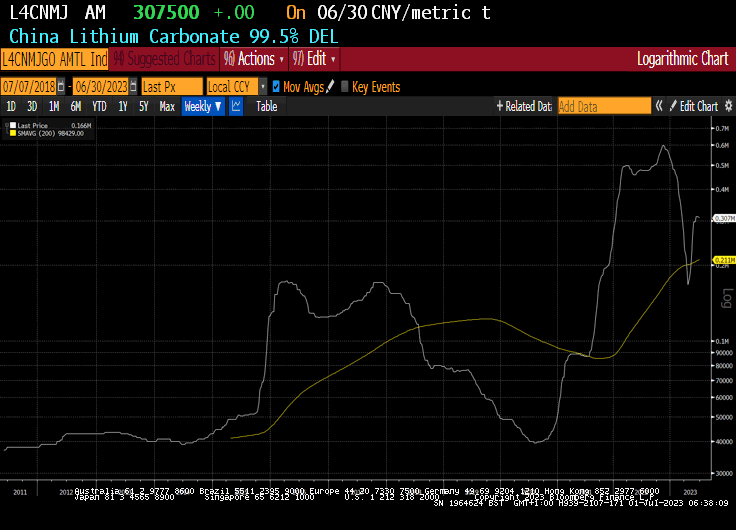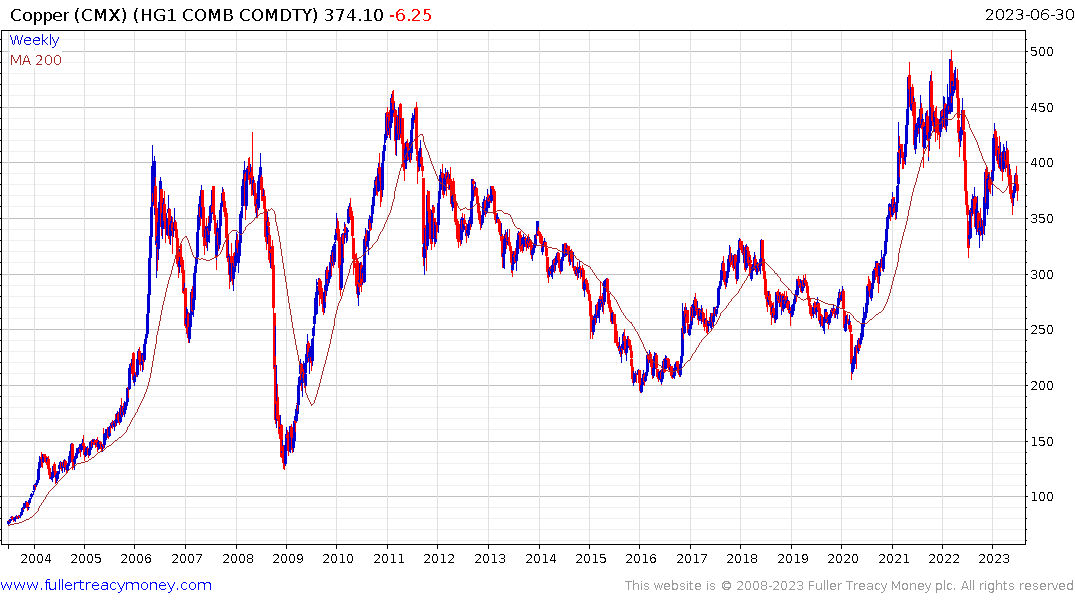The Giant Grid Bottleneck Threatening Climate Goals
This article may be of interest. Here is a section:
2. What will that entail?
It means building grids dense enough to absorb these renewable sources while still achieving the stable frequency that’s vital for the smooth functioning of electrical equipment and electronics. It will also require more high-voltage lines to carry surpluses from regions where the sun is shining and the wind blowing to meet demand elsewhere. Right now, the lack of long-distance transmission means a lot of recently installed renewable capacity is going to waste. BNEF estimates it will cost around $21.4 trillion to adapt grids to a net zero world and require 152 million kilometers of new cables — enough to stretch from Earth to the Sun if laid end to end. That implies a surge in consumption of copper — more than the mining industry can currently supply. But the biggest obstacle to grid development right now isn’t sourcing the materials or finding the money to pay for it all.
3. What’s the hold-up?
Local communities often oppose new wind farms, solar arrays and power lines and projects can face years of consultations involving multiple stakeholders. State regulators impose detailed technical studies and other bureaucratic hurdles. There are almost 1,000 gigawatts of solar projects stuck in the interconnection queue across the US and Europe, close to four times the amount of new solar capacity installed around the world in 2022. If all the wind and solar projects stuck in limbo were completed and connected to the grid, they’d add up to more than the present electricity generation capacity of the US.
I wonder if copper is going to follow the trajectory of lithium. That market has been characterised by a series of mismatches that have led to massive volatility in the lithium price. Cast your mind back to the period immediately before the credit crisis in 2007. Enthusiasm about the green future was riding higher than it is today. There was a lot of enthusiasm about wind, solar, nuclear and the first EVs were just reaching market.

The market for lithium was dominated by conventional uses and demand from EVs was inconsequential. As demand picked up, the first investment boom in new supply took place. Prices rose but demand did not keep up to new supply so prices came back down. Then demand did pick up and supply was slow to react, so prices exploded higher in 2015. Then supply overtook demand again and prices crashed. In 2022 prices crashed because new supply came to market and anticipated demand from China did not keep pace.

Copper has a big demand story in the future and supply is nowhere near keeping up. The price is not rallying in a convincing manner because EVs and electrification are not yet the dominant forces of demand. Today, what happens in China matters more than everything else. At some point in the future that will be less true, but until then we can expect a great deal of volatility.


